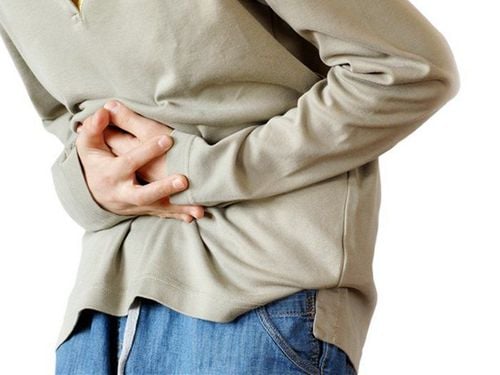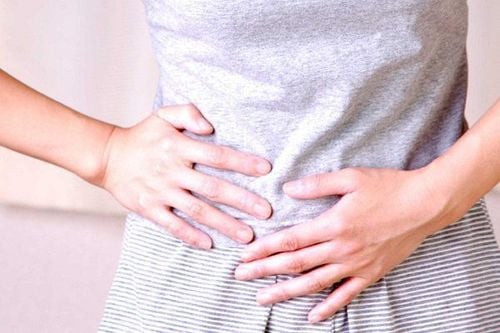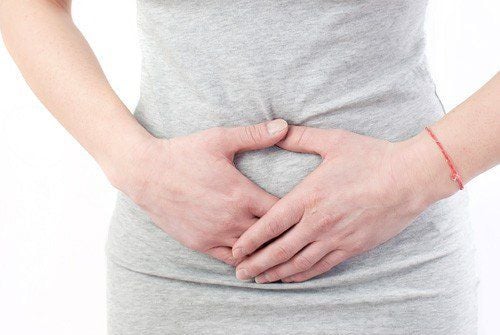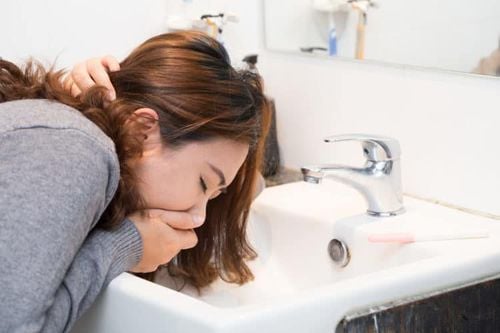This is an automatically translated article.
The article was professionally consulted by Doctor Department of Medical Examination & Internal Medicine - Vinmec Hai Phong International General Hospital.
Frequent abdominal pain below the navel can be a sign of a medical condition. Depending on the nature and location of the pain, it can be determined that it is due to diseases of the genital organs, urinary tract or intestinal tract. So what is abdominal pain below the navel? Here are the diseases related to abdominal pain below the navel that you should not be subjective.
1. Caused by the large intestine (colon)
Diverticulitis: You are suffering from pouchitis in the intestinal wall if you have severe pain accompanied by spasms on the left side of your stomach, bloody stools, fever; Appendicitis: When the appendix is inflamed, the patient will feel a dull pain that gradually worsens from the upper abdomen to the lower part, accompanied by symptoms of abdominal distension, loss of appetite, nausea, vomiting, fever, pain when urinating. Irritable bowel syndrome (IBS): In addition to abdominal pain, people with IBS syndrome also have symptoms of diarrhea or constipation, bloating, heartburn, stomach cramps, and intermittent bowel movements. Inflammatory bowel disease (IBD): Inflammation of the intestines can cause Crohn's disease and ulcerative colitis. This can be the cause of lower abdominal pain if accompanied by bloating, bloody stools, weight loss. Inguinal hernia: An inguinal hernia is a protrusion of organs from the surrounding muscle and fat. If the pain in the lower abdomen is accompanied by obvious signs of swelling, when moving, a feeling of heaviness in the abdomen, heartburn.
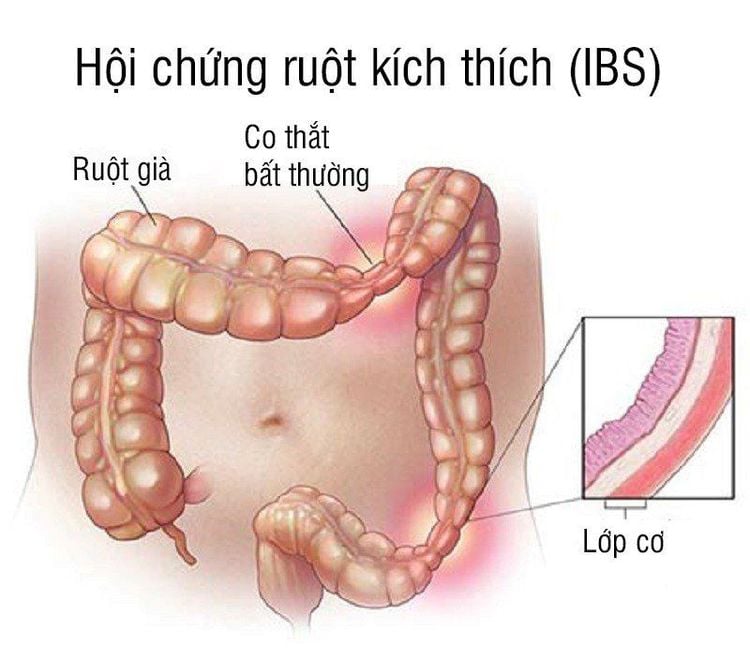
2. Urinary causes
Urinary tract infection (UTI): An infection occurs when bacteria enter the urethra and then the bladder. A person may have a UTI if, in addition to lower abdominal pain, other symptoms such as cloudy or dark urine, pain or burning while urinating, frequent urination, abdominal pain. Acute urinary retention: A condition in which the bladder cannot empty urine, in addition to pain, there are other symptoms such as inability to urinate, urine leakage but not being able to urinate. Bladder stones: If lower abdominal pain is accompanied by blood in urine, pain or burning when urinating, difficulty urinating or irregular flow, cloudy or dark urine, you may have a bladder stone. Bladder cancer: Bladder cancer occurs when abnormal cells develop in the bladder. In addition to lower abdominal pain, other symptoms include pink, orange, or dark red urine, pain or burning when urinating, frequent urination, inability to urinate, swollen, painful feet.
3. Due to gynecological diseases in women
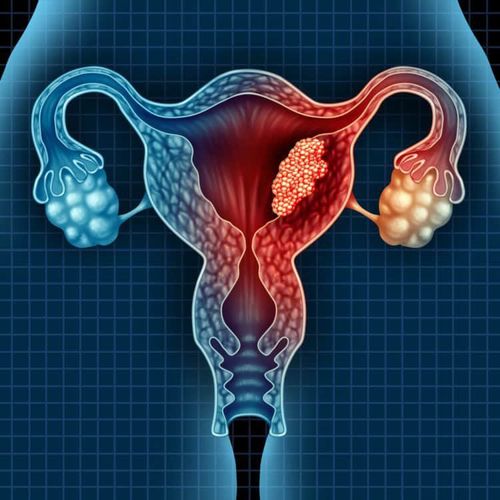
Ovarian cysts: You should be on the lookout for ovarian cysts if you have additional symptoms such as abdominal pain around the cyst, bloating or swelling, dizziness, or fatigue. Uterine fibroids: Benign tumors that grow in the uterine wall can cause pain in the lower abdomen. If there is abnormal bleeding during menstruation, bleeding between periods, painful abdominal distension, pain during intercourse, you should seek medical attention immediately. Endometriosis: Occurs when the lining of the uterus grows outside the uterus, forming scar tissue and damage. This could be the reason for lower abdominal pain if accompanied by symptoms such as heavy bleeding during periods, severe abdominal pain or migraine, bowel movements or diarrhea, nausea. Pelvic Inflammatory Disease (PID): Lower abdominal pain can arise from an infection if other symptoms are present such as unpleasant discharge, irregularity, fever, chills, pain during intercourse, or urination. Ectopic pregnancy: Symptoms of an ectopic pregnancy include severe pelvic pain, a feeling of cramping on one side of the abdominal wall, vaginal bleeding, nausea, and dizziness. Inflammation of the fallopian tubes: In addition to dull pain in the lower abdomen, people with tubal inflammation also have symptoms such as back pain, general fatigue, low fever, irregular menstrual periods, after menstruation, the symptoms return. increase. Genital prolapse: The part most prone to prolapse is the bladder or uterus. Common symptoms are increased pressure on the vaginal walls, feeling of fullness in the lower abdomen, discomfort in the groin or lower back, painful sex. Pelvic Congestion Syndrome: Varicose veins usually occur in the legs (seen in the thighs, calves, elbows, and around the heels) but can sometimes develop in the pelvis. Obstruction of the pelvic veins, causing them to become swollen and painful, is called pelvic congestion syndrome. The pain increases with movement up and down.
4. Due to gynecological diseases in men
Testicular torsion: Sudden and severe lower abdominal pain caused by twisting of the spermatic cord around the testicle. Other symptoms include enlarged testicles, sensitivity in the testicle area, and bruising. Prostatitis: Swelling or inflammation of the prostate gland can cause lower abdominal pain if there is back pain, pain around the base of the penis, difficulty urinating, fever, chills, nausea or soreness, semen accompanying blood. It can be seen that the causes of abdominal pain below the navel are very diverse and it is not easy to recognize what is the real cause of abdominal pain. Therefore, the best way is to see a doctor to determine the exact condition of your illness, in case the pain below the belly button is related to the disease, the doctor will give an appropriate treatment plan.
Please dial HOTLINE for more information or register for an appointment HERE. Download MyVinmec app to make appointments faster and to manage your bookings easily.





